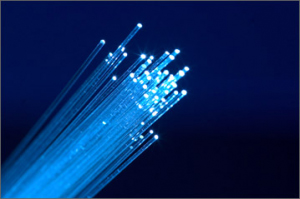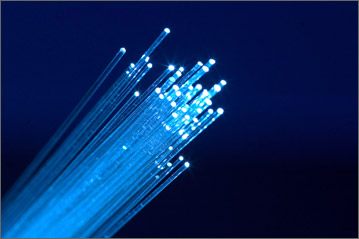Common Blunders to Avoid
Cable networking has evolved a great deal. It is now mandatory for companies to invest in structured cabling systems that can support a complex operation. That is why many corporations have shifted to fiber optic communications from the traditional copper cabling systems. However, it is important to plan the infrastructure carefully and anticipate some problems that may come along the way.
networking has evolved a great deal. It is now mandatory for companies to invest in structured cabling systems that can support a complex operation. That is why many corporations have shifted to fiber optic communications from the traditional copper cabling systems. However, it is important to plan the infrastructure carefully and anticipate some problems that may come along the way.
Replacement in Stages
Doing everything hastily and simultaneously is a problem.
First and foremost, a high-performance network will likely use fiber cables and equipment. However, fiber can be quite costly. The routers, security software and fiber-based switches are three times more expensive compared to copper. A practical move is to replace your network step by step with fiber backbone while maintaining copper components to the desktop.
To begin with, identify your network requirements. Areas that require immediate upgrading to fiber include concerns for bandwidth, data transmission and electromagnetic interference or EMI. Otherwise, copper-based Ethernet can still be used until such time that replacement is deemed necessary. The combination of fiber and copper networking lessens installation costs. It can also deliver the desired performance. This allows the network to operate smoothly thereby increasing overall performance based on company needs.
Upgrading should not be rushed
It is never advisable to rush any upgrade. Assess thoroughly how you are planning to create the network since this is a substantial investment. Otherwise, there is a tendency that this can become an obstruction in the future. New network infrastructure should be done in a manner that creates a smooth transition. So keep in mind that it is normal to mix Gigabit Ethernet, Fast Ethernet and 10Mb Ethernet in your networks. You can always utilize media converters that enable devices in 10/100 Ethernet switches in a distant branch facility to be connected above fiber optic lines to the Gigabit base of the main office.
Media Converters
Overlooking the importance of technology can prove to be a big mistake. The use of media converters can enable the connection of fiber to twisted-pair copper cabling. This can facilitate the transition from copper to fiber. They are also useful in connection multiple LANs over a campus area network in cases where copper is the primary topology and fiber provides the backbone connectivity.
Conclusion
It is essential to understand probable issues that companies can encounter by rushing into the migration process. These can have operational and financial consequences. Therefore, consider all these factors if you are shifting to fiber optics networks. And call us or fill out this form for a free site survey.

